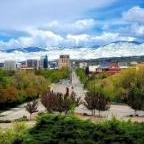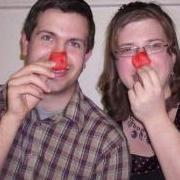Easy Crystal Experiments You Can Share With Your Kids
-
Topics
-
- 0 replies
- 0 views
-
Calvinism is an incorrect understanding of soteriology 1 2 3 4 6
By Donut_brand_donuts, in Salvation Forum
- 85 replies
- 1,957 views
-
- 3 replies
- 101 views
-
Discussion Topic - Could A Woman Be A Choir Director/Song Leader? 1 2 3
By Crushmaster, in Biblical Issues
- 32 replies
- 11,253 views
-
- 0 replies
- 11 views
-








Recommended Posts
Join the conversation
You can post now and register later. If you have an account, sign in now to post with your account.
Note: Your post will require moderator approval before it will be visible.